
There is perhaps no animated show in the history of pop culture that has been as successful or as ever-present as The Simpsons. The show, which began all the way back in 1989, has grown to become one of the most iconic pieces of animation over its long run. However, it is commonly held that The Simpsons has been on a decline for almost two decades, with the show’s best years considered well past. After its first season, The Simpsons entered what is considered its golden age, with seasons two through ten commonly being considered its peak in terms of consistent quality.
Though watching through The Simpsons might make it seem as though the quality dips after the end of the show’s golden age, this isn’t entirely true. While the consistency of the show’s later seasons might be somewhat debatable, there remain many examples of quality episodes that prove The Simpsons still has it. In fact, at several points in the show’s more recent history, it has delivered some truly excellent stories.
1) “Behind the Laughter” (S11, E22)
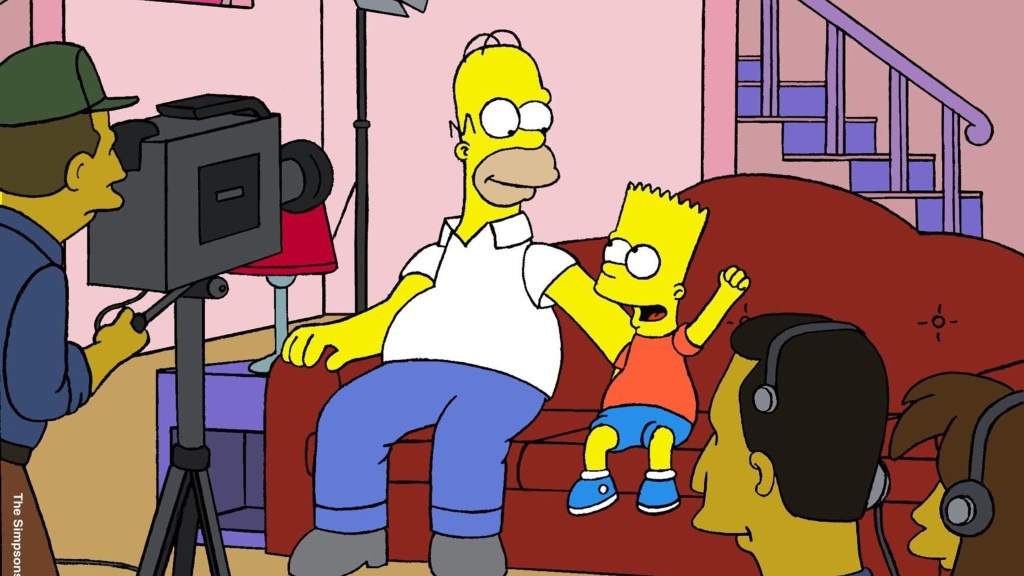
At the time of “Behind the Laughter”‘s release, The Simpsons‘ golden age may have been a recent memory, but many consider season 11 the first to see a drop in quality. The episode itself takes a meta approach to its story, examining the lives of its characters outside of their titular show in a spoof of TV show Behind the Music. As well as examining the supposed tensions between the Simpson family, it touches on the massive success enjoyed by the show itself in the real world.
What makes “Behind The Laughter” such a great episode is its self-awareness. It looks back over the unprecedented popularity earned by the show in its golden era, subtly acknowledging the ways in which it had already begun to change. Its fresh approach to the show’s characters made for a great season 11 finale, but also a memorable episode that was able to employ a slightly different type of humor from the show’s established fare.
2) “Trilogy Of Error” (S12, E18)
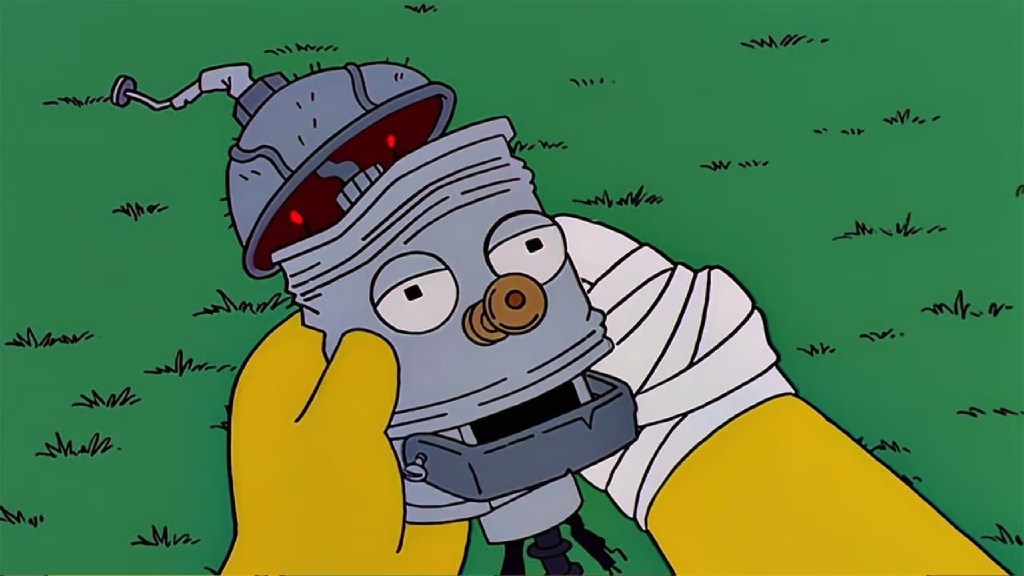
As well as being known for its endless quotability and its ability to predict the future, The Simpsons has also made a habit of playing with its own format in innovative ways. Season 12 saw the show do just that with the episode “Trilogy of Error”, with a story that unfolded following three individual characters in an intertwined narrative. Its non-linear approach to the episode’s story earned it considerable praise from critics and viewers alike.
What makes “Trilogy of Error” a great episode is the way it pushes the show’s typical boundaries. Its three connected stories being told in a non-linear fashion was favorably compared to movies such as Pulp Fiction, and the episode was also able to offer up plenty of laughs as well as a memorable storytelling premise. Despite coming after the show’s golden age, “Trilogy of Error” remains one of the most beloved episodes of The Simpsons.
3) “Eternal Moonshine of the Simpson Mind” (S19, E9)

Though many would assume The Simpsons would be out of fresh ideas by the time season 19 came around, “Eternal Moonshine of the Simpson Mind” proved that this wasn’t the case. Beginning with Homer awakening with no memory of the night before, he begins unravelling his fragmented memories, which suggest that he may have driven his family away in a drunken stupor. Though this later proves not to be the case, the episode allows The Simpsons to subtly explore one of the potentially problematic aspects of Homer’s character.
The use of sci-fi elements to allow Homer to comedically examine his drunken memories makes for an unexpectedly powerful episode. Seeing Homer reevaluate his life spent consuming alcohol and acknowledging the ways in which he has begun to neglect his family is an interesting way to delve into the character’s mind. “Eternal Moonshine of the Simpson Mind” also manages to end on a heartwarming note, keeping the show’s wholesome tone intact even after delivering a thought-provoking story.
4) “Holidays Of Future Passed” (S23, E9)
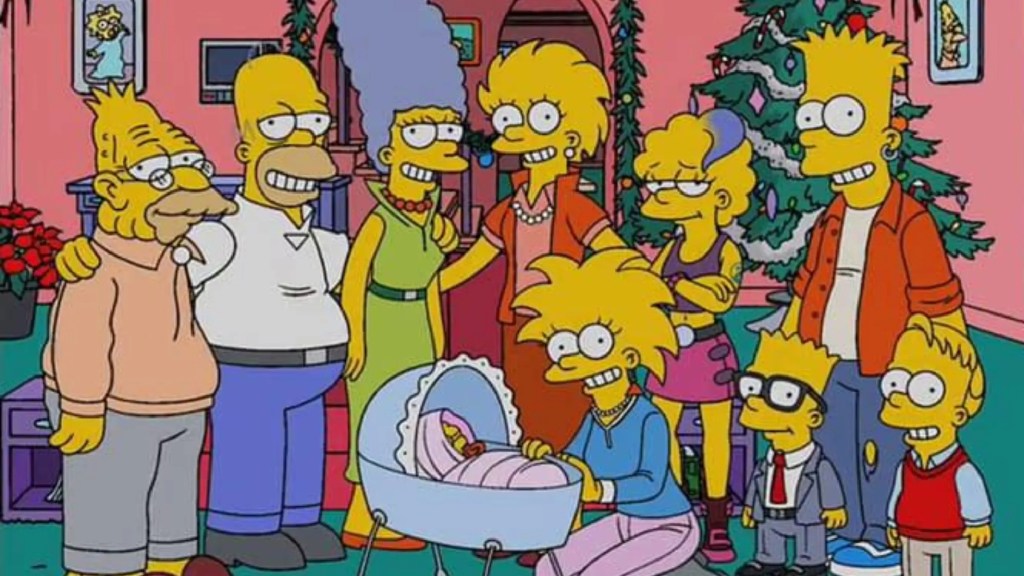
Despite not airing until more than decade after the end of the show’s golden age, The Simpsons‘ best Christmas episode came in the form of season 23’s “Holidays of Future Passed”. The episode picks up again on the future of the Simpson family, with Lisa and Bart bringing their own children home to see Homer and Marge for the holidays. It sees the siblings reconnect and reflect on their own childhoods, while also depicting the sort of grandparents that Homer and Marge will become.
At one point, it was intended to serve as the show’s final episode, and though this turned out not to be true, it’s an incredibly touching and insightful example of post-golden age Simpsons. Seeing Bart and Lisa look back on their own childhood was a great way for viewers to consider the ways in which the characters potentially see themselves, while seeing Homer become a model grandfather is a rewarding experience in itself. “Holidays of Future Passed” is an episode that manages to hearken back to the show’s golden days by looking ahead, making it one of the show’s best in more recent times.
5) “Barthood” (S27, E9)

Season 27 saw the release of “Barthood”, an episode inspired by the release of Richard Linklater’s 2014 movie Boyhood. It follows Bart from the age of six through to adulthood, with its focus being entirely on the Simpson family’s resident troublemaker. Though The Simpsons‘ homage episodes have often failed to capture the popularity of the movie they’re based on, “Barthood” took the interesting premise of examining a character’s life and ran with it.
The result is an episode that makes use of all the hallmarks of the show’s best qualities. It examines some of The Simpsons‘ running gags from Bart’s perspective, offering insight into his troublesome behavior that gives voice to the character’s deep-seated frustrations with his own family. Its story gives viewers a whole new look at Bart’s own feelings about the way his family perceives him as well as the way he perceives himself, making it an insightful and deeply touching episode.
6) “The Last Barfighter” (S32, E22)

There are many excellent supporting characters in The Simpsons, all of which contribute to the colorful community of Springfield, and, by extension, the show’s success. Many episodes have given more attention to some of these characters, with season 32’s “The Last Barfighter” once again putting bartender Moe Szyslak in the spotlight. Spoofing elements of the John Wick franchise, the episode sees Moe excommunicated by a secret society of bartenders known as the Confidential, with ramifications for all the regulars at his bar.
Putting a supporting character in a central role is often refreshing, but what makes “The Last Barfighter” great is its dedication to the premise. The episode manages to brilliantly borrow elements from John Wick, as well as being supported by the appearance of guest star Ian McShane. It’s an episode that isn’t necessarily innovative, but it shows that even after more than 30 seasons, The Simpsons can still deliver great episodes that evoke the spirit that make the show’s golden era so incredible.
7) “A Serious Flanders” (S33, E6 & E7)

The Simpsons hasn’t often ventured into two-part episode territory, but when it does, it seems to deliver in a big way. Season 33 saw the release of “A Serious Flanders”, which was directly inspired by both Fargo and the wider boom of prestige television and crime thriller series. Set in a separate continuity from the rest of the show, “A Serious Flanders” follows Ned Flanders as he attempts to do good when he discovers a bag full of cash, putting him in the crosshairs of a vengeful criminal.
Despite taking a more serious and markedly violent approach to its story, “A Serious Flanders” is one of the funniest episodes to air after the show’s golden era. Putting its characters into new situations and leaning into a different format was both refreshing and engaging, especially as the focus wasn’t solely on the Simpson family. The two-part episode is one of the show’s most innovative and daring of recent years, making it a great example of post-golden age brilliance.
8) “Pixelated and Afraid” (S33, E12)

Season 33 of The Simpsons may have seen the show find success by taking risks, but it also delivered an episode that felt as though it would also belong among those of The Simpsons‘ best years. “Pixelated and Afraid” follows Marge and Homer as they become stranded in the wilderness after being coerced into attempting to rekindle the romance in their relationship. Their fight for survival sees the episode’s focus solely on the couple and their marriage, hearkening back to classic golden age episode such as “Natural Born Kissers” or “Life on the Fast Lane”.
The episode begins with a glimpse into Marge and Homer’s marriage, their over-familiarity with one another, and the perceived lack of romance in their relationship. After putting the couple in danger, it blossoms into an examination of why the pair are one of TV’s most wholesome couples, and why their marriage has survived more than 30 years of The Simpsons adventures. It’s one of the most heartwarming episodes of The Simpsons, not just in the modern era, but in the history of the show.
9) “Not IT” (S34, E5)
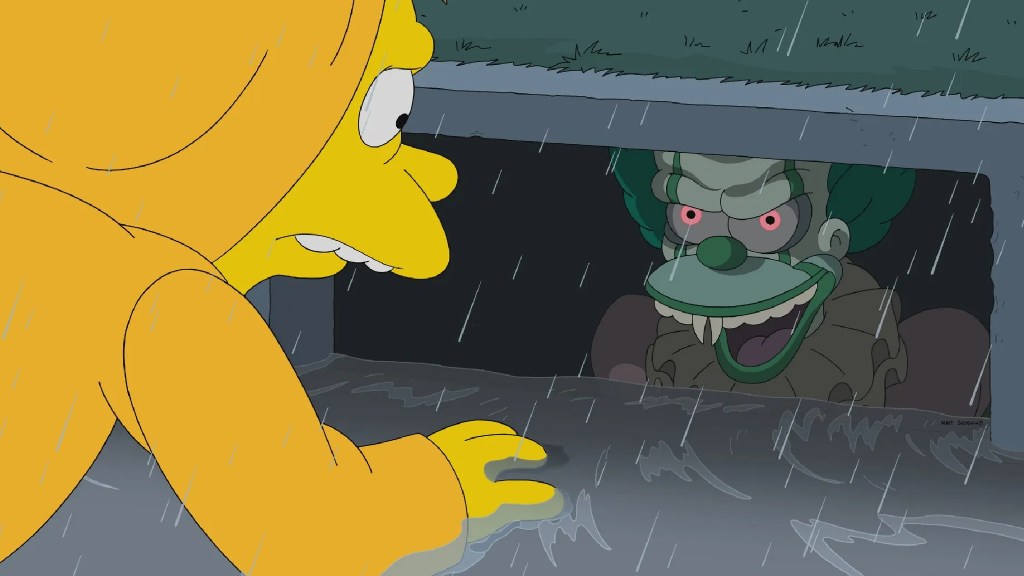
Though the vast majority of The Simpsons‘ best Halloween episodes are under its Treehouse of Horror banner, there have been others that do not follow the typical anthology format. Season 34’s “Not IT” is perhaps the greatest example of this, parodying Stephen King’s It and its movie adaptations. Following Homer, Marge, Moe, Carl, and Comic Book Guy as both children and adults fighting against the evil clown Krusto, it’s a relatively simple send-up of the well-known Stephen King horror story.
What makes “Not IT” a great episode is the depth of its parody. It manages to adapt the story relatively faithfully despite its short runtime, while also delivering multiple funny moments and comedic critique of King’s other works. It’s one of The Simpsons‘ most memorable recent parody episodes, and it’s able to blend genres while also showcasing that the show’s ability to entertain remains intact even into its thirty-fourth season.
10) “Treehouse of Horror XXXIII” (S34, E6)
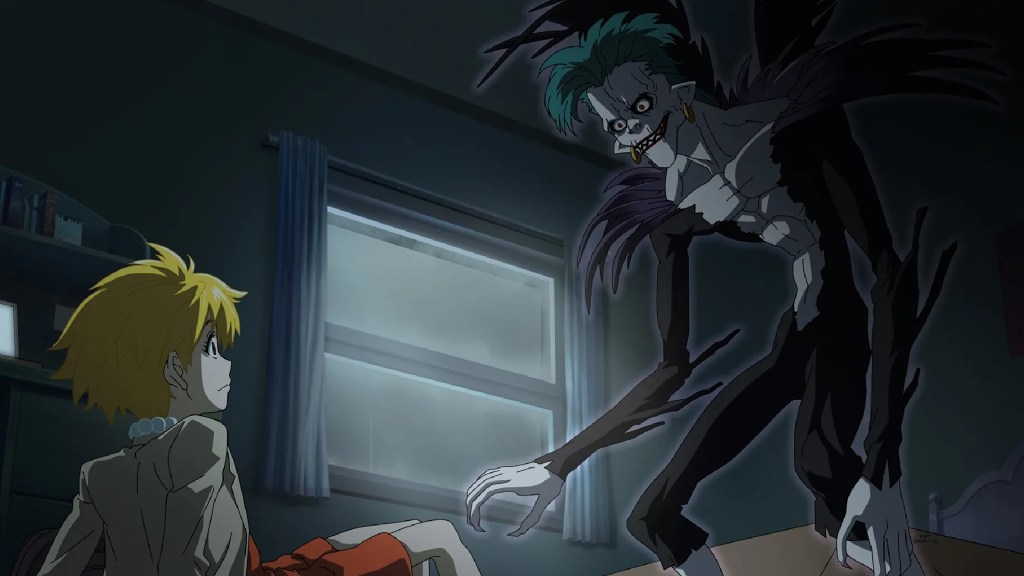
The Simpsons‘ annual Treehouse of Horror episodes have become a staple of the show, though many of those from the years following its golden era have been somewhat disappointing, but season 34’s “Treehouse of Horror XXXIII” was not. “The Pookadook” spoofed horror movie The Babadook, while “Death Tome” used an anime style to spoof Death Note. “Simpsons World” parodied Westworld, following self-aware Simpson robots being forced to live out memorable moments from the show’s golden years in a theme park.
As well as the eye-catching art style of “Death Tome”, the episode’s parodies recaptured the early glory of the show’s Treehouse of Horror episodes. “Simpsons World” in particular stands out as an incredibly self-aware examination of the show being mired in the glory of its past, with countless references to iconic episodes thrown in for good measure. It’s an encouraging sign that even in its most recent seasons, The Simpsons is still able to deliver excellent episodes so long after the end of its so-called golden era.
The post The Simpsons: 10 Great Episodes From After the Golden Era Ended appeared first on ComicBook.com.


